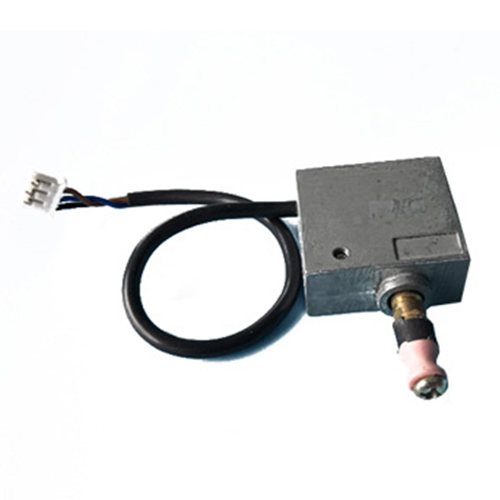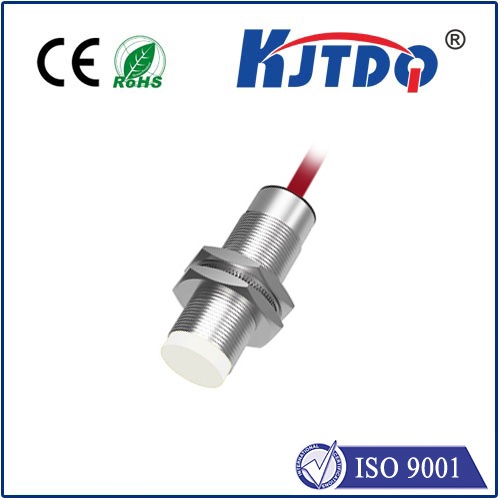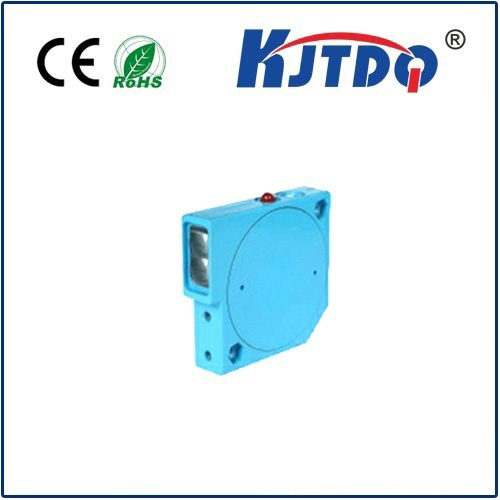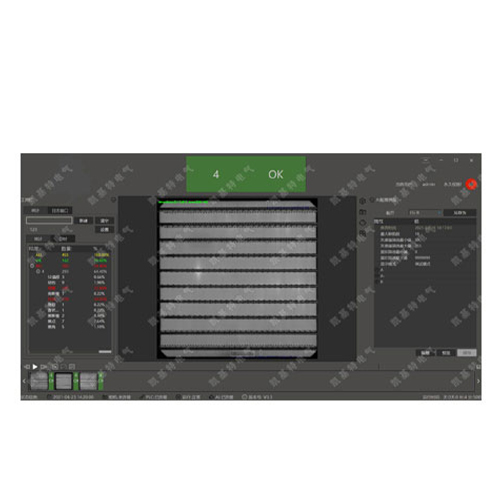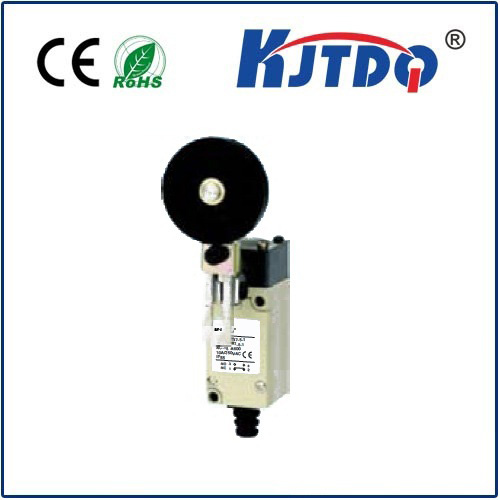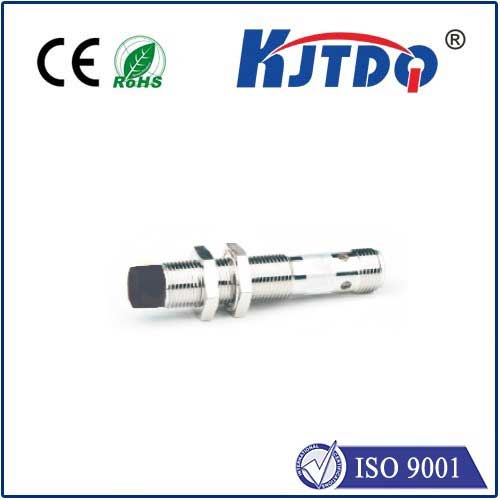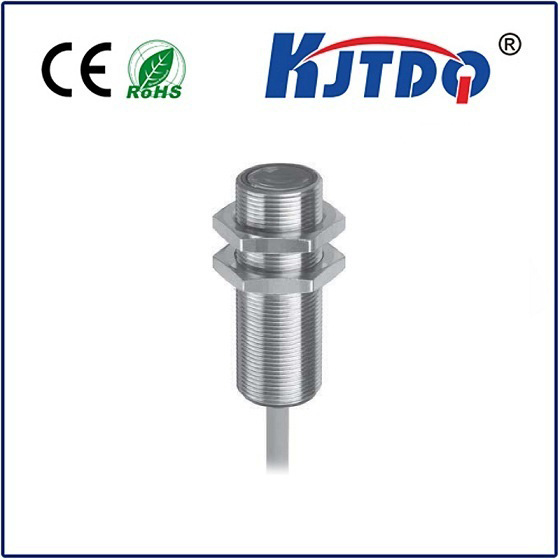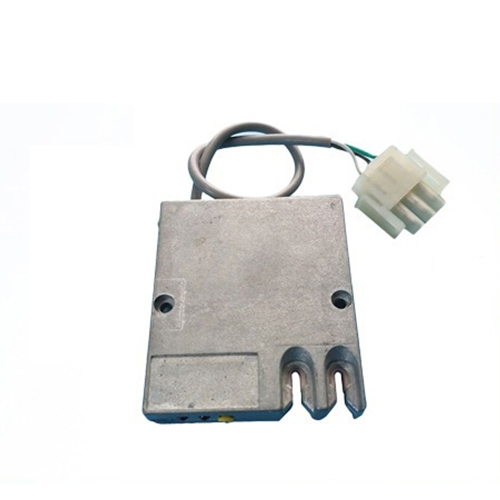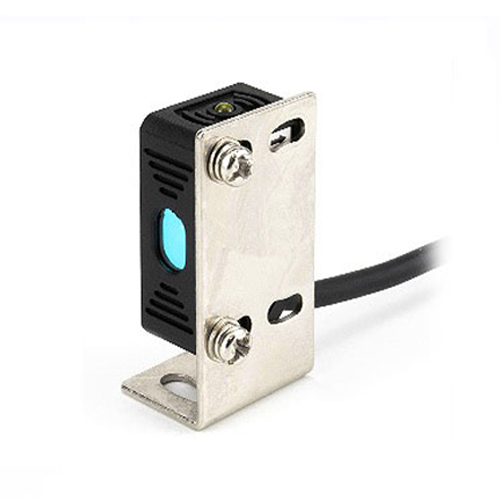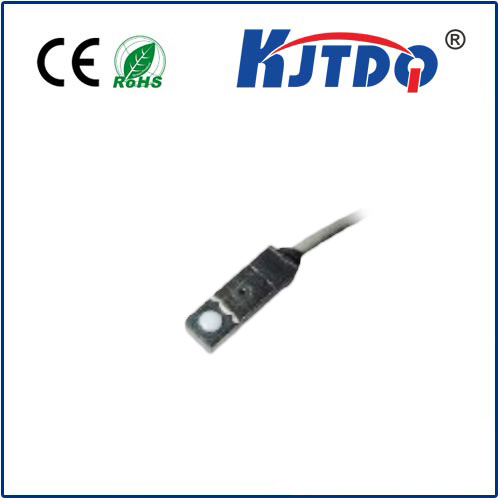

check

check

check

check

check

check

check

check

check

check
Introduction
In today's technology-driven world, the demand for innovative solutions has increased exponentially. One such breakthrough technology is the NPN no proximity sensor, which has transformed various industries by offering enhanced functionality and efficiency. This article aims to provide an in-depth understanding of the capabilities and applications of NPN no proximity sensors, highlighting their advantages and benefits.
Functionalities of NPN No Proximity Sensor
The NPN no proximity sensor is a type of non-contact sensor that uses a magnetic field to detect the presence of an object. It is commonly used in various applications, including automation, robotics, medical devices, and security systems. The sensors work on the principle of capacitive coupling, where the sensor produces a small electric current when it comes into contact with an object. This current is then measured and used to determine the distance between the object and the sensor.
One of the key advantages of NPN no proximity sensors is their high accuracy and reliability. They can accurately detect objects from a range of up to several meters, making them suitable for various demanding applications. Moreover, these sensors do not emit any electromagnetic radiation, making them safe for use around people and pets. Another benefit of NPN no proximity sensors is their simple design and ease of integration, making them cost-effective and efficient.
Applications of NPN No Proximity Sensor
The versatility of NPN no proximity sensors makes them suitable for a wide range of applications. One of the most common applications is in automated manufacturing processes, where they are used to detect the presence of objects and ensure that they do not collide with one another. This helps to minimize downtime and improve productivity. In addition, these sensors are widely used in robotics applications, where they help to navigate robots through complex environments and avoid obstacles.
Another significant application of NPN no proximity sensors is in the healthcare industry. These sensors are used to monitor patients who are bedridden or require round-the-clock care. By detecting the presence of objects near the patient's bed, these sensors can alert healthcare professionals to potential hazards or emergencies. This helps to ensure the safety and well-being of patients while reducing staff workload.
Security systems also benefit from the use of NPN no proximity sensors. These sensors can be installed throughout a building to detect unauthorized access or intrusion attempts. By triggering an alarm or alerting security personnel in real-time, these sensors help to enhance overall security measures and prevent potential threats.
Conclusion
In conclusion, NPN no proximity sensors offer numerous advantages over traditional proximity sensors and have transformed various industries due to their advanced functionalities and efficiency. Their high accuracy, reliability, simplicity, and ease of integration make them a valuable asset in automated manufacturing, robotics, healthcare, and security systems. As technology continues to evolve, we can expect NPN no proximity sensors to become even more prevalent in our daily lives, providing innovative solutions to complex problems and enhancing our overall standard of living.
